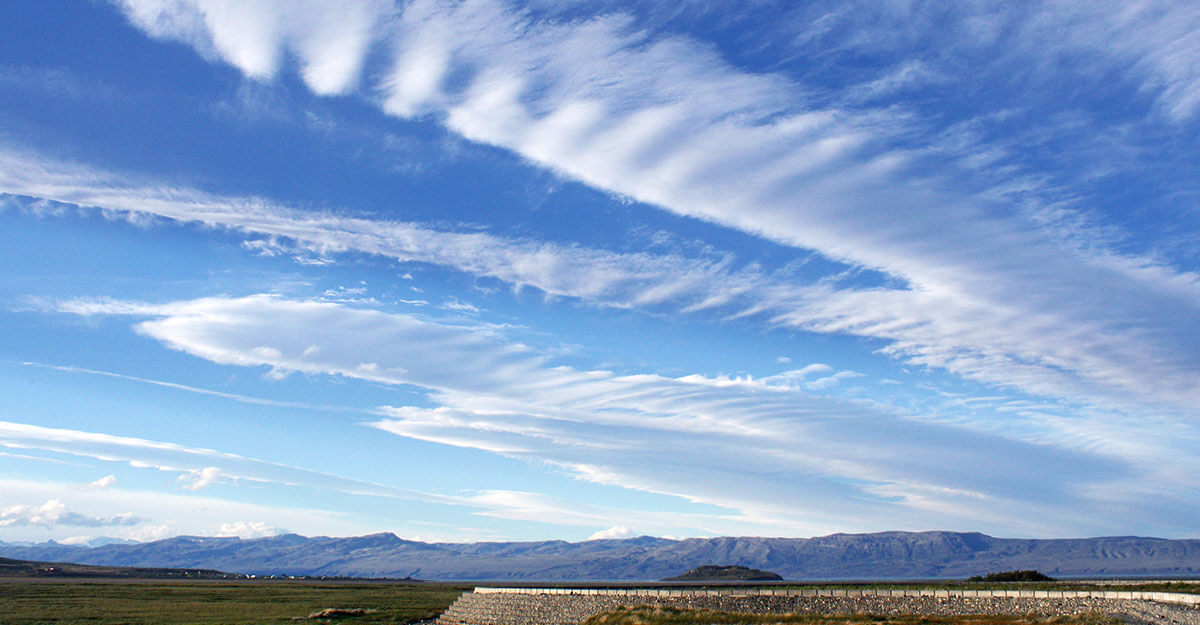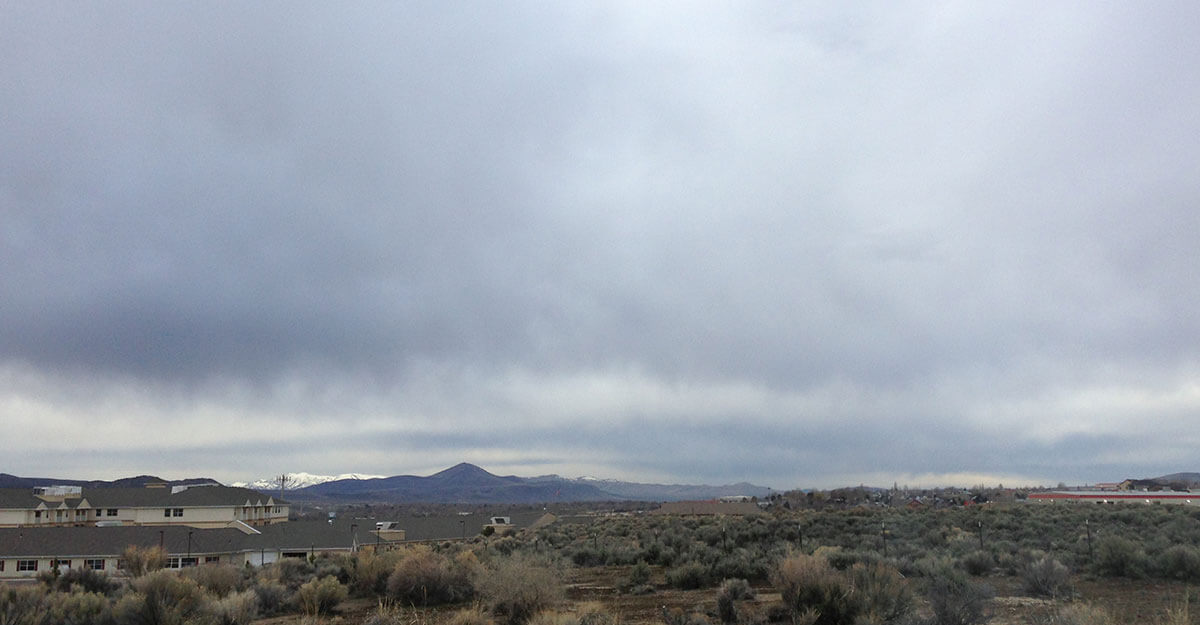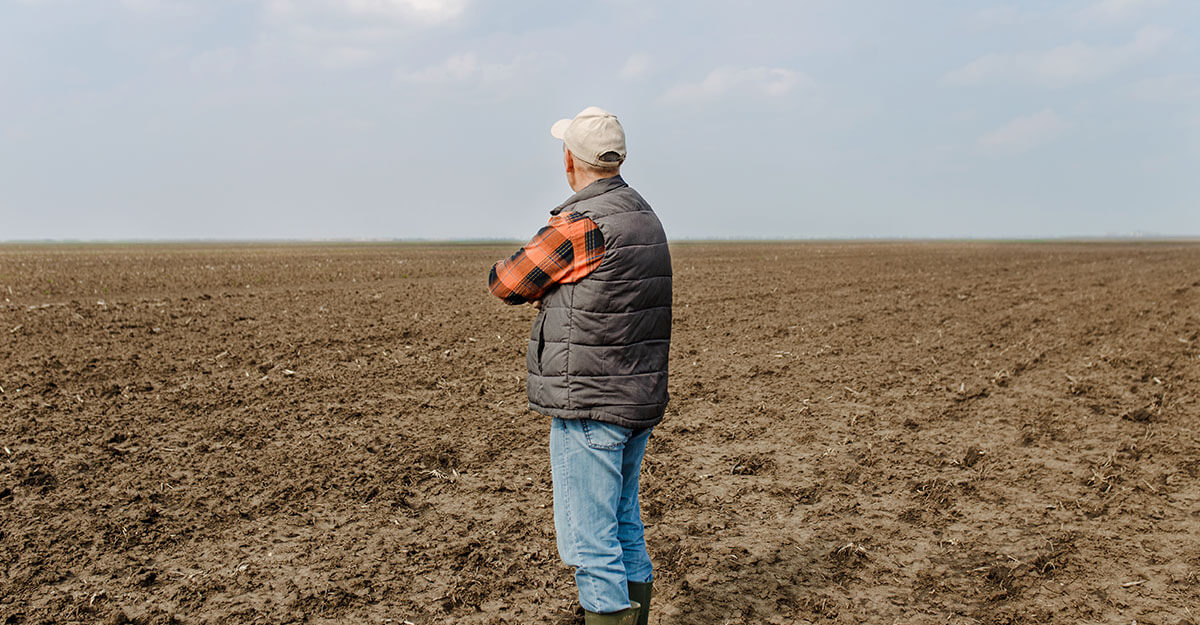on
If you’re a homesteader or survivalist, you live by the weather. Much more than other Americans, it impacts how you eat, drink, dress, get around…there’s little it doesn’t dictate.
Today we’re helping you do your own DIY forecasts without gadgets or power. We’ll show you five methods mountain men use to predict the weather. They’re a lot easier than you might think!
1. Reading Atmospheric Pressure with Oil, Leaves, & Twigs

We’re putting this method at the top of the list because everything below is basically just a symptom of atmospheric pressure. Wind, clouds, rain—they all happen in large part because of changes in air pressure.
That means if you’re generally familiar with the climate of your area and can determine the local atmospheric pressure, you’ll have a lot of the information you need to ballpark upcoming weather with ease.
There are a couple tried and true methods for reading atmospheric pressure without fancy equipment. First, you can actually build a DIY barometer with an empty bottle and a bowl of liquid (like oil). Just place your empty bottle upside-down in the liquid. If the atmospheric pressure goes up, you’ll see the liquid move up in the bottle. If the liquid goes down, that means the pressure has dropped.
No oil or bottle handy? No problem! Starting a fire can give you a good idea of atmospheric presser as well—you’ll want lots of smoke so be generous with the leaves and twigs. If the smoke from your fire travels upward in a straight column, then air pressure is low. If falls and hovers around your camp, air pressure is high.
2. Using Clouds to Predict the Weather
Cloud reading is an ancient, reliable way of predicting the weather up to a day in advance. Since it’s more of a visual science, we’ll show you what to look for.
Cirrus Clouds

Cirrus clouds are white and wispy and tend to indicate fair weather ahead.
Cirrostratus Clouds

Cirrostratus clouds mean moisture in the next 12 hours to a day.
Altostratus Clouds

Altostratus clouds are usually the harbinger of stormy weather.
Altocumulus Clouds

Altocumulus clouds also portend a coming storm, usually within a few hours.
Stratus Clouds

Stratus clouds are low and carry drizzle.
Stratocumulus Clouds

Stratocumulus are fluffy and mean dry weather is ahead.
Nimbostratus Clouds

Nimbostratus blanket the sky with gray. If you see these, it’s probably raining outside.
3. Getting Weather Cues from the Wind
There’s no easier way to predict the weather than watching the movement of tree branches or sticking your finger in the air. There are two aspects of wind movement that can give you clues about impending weather:
Strength. Strong winds are almost always the result of dramatic changes in pressure and are more likely to brings storms than gentle winds.
Direction. Directional cues vary depending on where you’re located. In some areas, a westerly wind means fair weather, while an eastern wind brings rain. Get to know wind direction in the areas you live.
4. Predicting Weather Using Signs in the Night Sky

The light cast by the moon can help predict weather as well. A halo around the moon means there are dust particles in the atmosphere. This can be a sign that moisture is coming through in a low-pressure system.
Twinkling stars are another sign of bad weather ahead. Light from space bends slightly when it enters earth’s atmosphere—by the time it reaches us, we see it as twinkling stars. The twinkling gets stronger when there’s a dip in air pressure. Humid air can also increase twinkling.
5. Watching Common Plants for Signs of Rain
Nature is amazing—certain plants have developed defense mechanisms to protect against bad weather. If you know what to look for, these little signs will warn you of coming rain. Here are just a few examples:
These flowers stay closed if rain is nearby:
- Stitchwort
- Chickweed
- Purple Sandwort
- Morning glory.
Others will open at irregular times when they sense rain. The African Marigold opens late (after 8 am) and closes early (before 5) when rain approaches
On the spot weather prediction is a critical homesteading and survival skill. We hope this post helps hone yours!
Get access to premium content and more!





